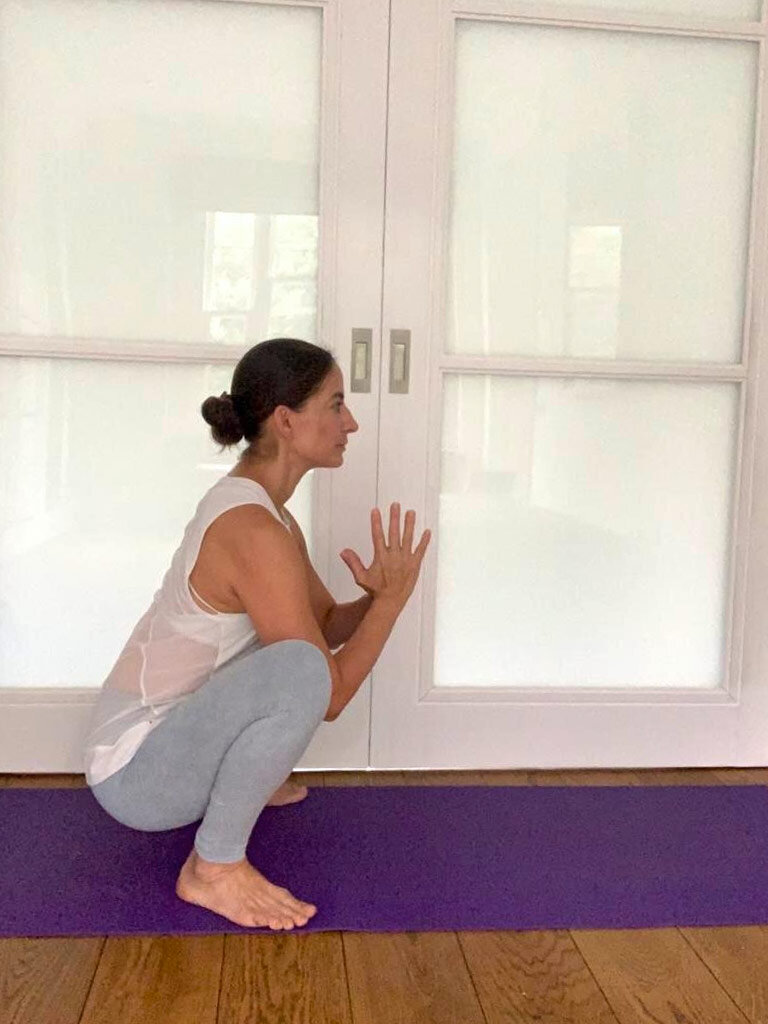Yoga for a Healthy Pelvic Floor
In my previous blog post I discussed the importance of pelvic floor health in preventing and managing incontinence. We are not aware of this intimate part of our body until we need it the most or experience issues like painful sex or incontinence. Our modern day lives disconnect us from our lower bodies keeping us in our thinking minds, sitting for too long or clenching this area from stress and tension. This weakens and reduces sensation in the pelvic floor without our even realising.
For many women, the concept of keeping the pelvic floor healthy is not something they consider until they are having children or experience incontinence as they transition into perimenopause, menopause and beyond - but we should look to nurture the mobility and tone of these muscles long before we experience problems. Like many areas of our health and wellbeing - prevention is better than cure.
There are many ways we can maintain the balance of tone and elasticity of the pelvic floor by engaging the muscles in their full range of motion. Yoga and pilates are great forms of exercises for this area of our body and there are also women’s physio experts that can help you identify methods of dealing with any acute issues that may arise.
Kegel exercises, developed by American gynaecologist Arnold Kegel, have been the go to method for strengthening the pelvic floor since the 1940s. Kegels focus on isolating, lifting, contracting and releasing the sphincter muscles. These muscles surround the anus and the vagina and also form the hammock of muscles that support the rectum, vagina and urethra - so are integral to preventing incontinence. The yogic pelvic root lock Mula Bandha also works on the same concept. Whilst they are simple, quick and easy to integrate into your daily routine, they may not be right for everybody. Repetitive tensing with kegels or Mula Bandha may actually be detrimental to the recovery of pelvic floors weakened from clenching and tightening due to stress or other conditions such as constipation or chronic coughing.
The pelvic floor muscles work a bit like a trampoline - they have the ability to move up and down, lengthen and contract, support weight and move in a full range of motion. A healthy pelvic floor has capacity to relax and to turn off when not needed and turn on when needed. When all this happens the connective tissue of pelvic floor muscles have more sliding and muscles can work independently and effectively - reducing the risk of incontinence. To maintain the integrity of the pelvic floor, engage its full range of motions and support its balance of tone and elasticity, the following yoga poses can help. Modify the poses so that you are not holding tension and you feel at ease with a sense of moderate muscular engagement keeping in mind that how you feel in the pose is more important than how you look.






